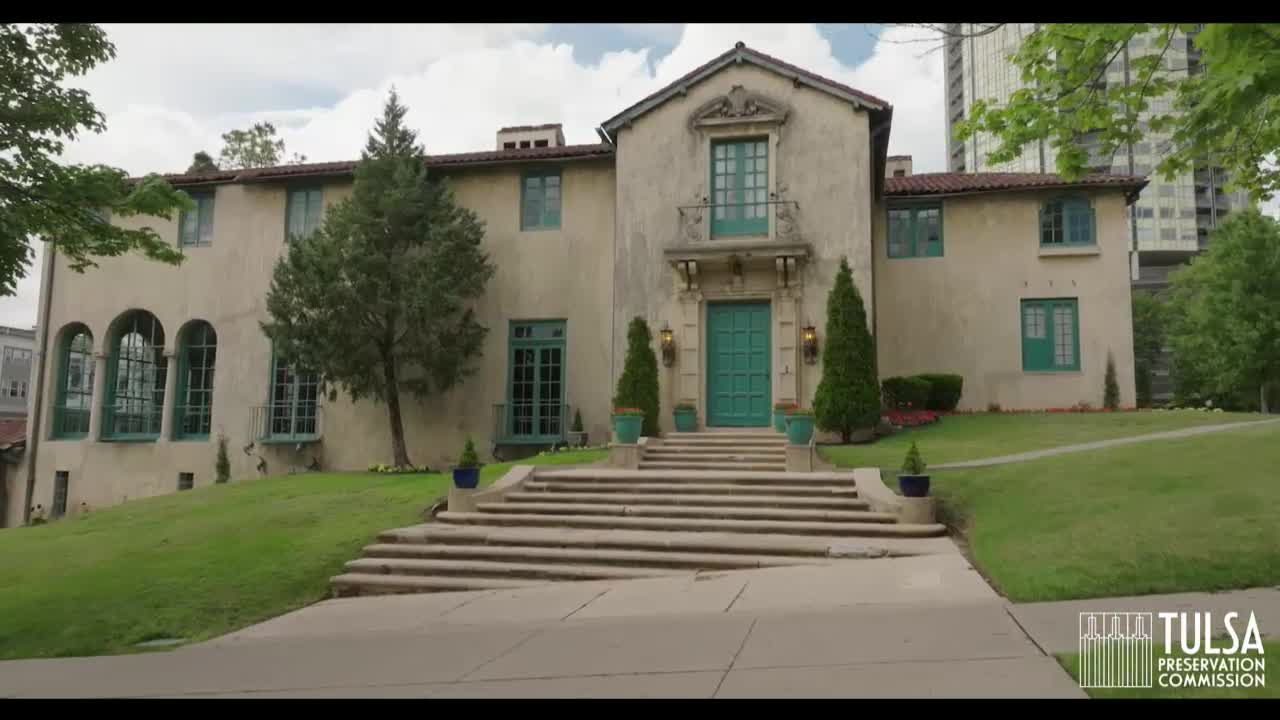Tulsa's Historic Mansions Showcase Arkansas River's Influence on City's Heritage
August 11, 2025 | Tulsa, Tulsa County, Oklahoma
Thanks to Scribe from Workplace AI , all articles about Oklahoma are free for you to enjoy throughout 2025!

This article was created by AI using a video recording of the meeting. It summarizes the key points discussed, but for full details and context, please refer to the video of the full meeting. Link to Full Meeting
First up is the Harwelden Mansion, a stunning English Tudor estate built in 1923 by oilman Earl Harwell. With its gothic arches and intricate hand-carved details, this storybook manor offers breathtaking views of the river. Once a private residence, Harwelden now serves as a cultural and event center, hosting weddings, concerts, and arts programming, all while showcasing its picturesque river backdrop.
Next, the Lee Clinton House stands as a testament to understated elegance. Constructed in 1919 for civic leader Lee Clinton, this colonial revival home features classical detailing and meticulously maintained grounds. As one of the few original homes along Riverside Drive, it retains its historic charm, reflecting the refined taste of its era.
Finally, the Dresser Mansion, built for oil executive Carl Dresser in 1919, showcases Italian Renaissance design with its Mediterranean flair. Known for its lavish parties and stunning river valley views, this mansion has been restored to continue its legacy as a venue for celebrations.
These properties highlight how the Arkansas River has shaped Tulsa's growth and beauty. They serve as reminders that the city's history is not just about buildings; it's about the legacy of nature and community intertwined. As Tulsa continues to uncover its past, these historic estates remain vital links to the city's vibrant heritage.
Converted from Tulsa - Animal Welfare Commission meeting on August 11, 2025
Link to Full Meeting
Comments
View full meeting
This article is based on a recent meeting—watch the full video and explore the complete transcript for deeper insights into the discussion.
View full meeting
